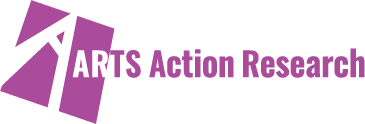Traditionally, planning has emphasized linear chronological thinking, which simultaneously encourages projecting the immediate past onto the future (hindsight), while idealizing or romanticizing future scenarios that are disconnected from the complex realities of the present and unknown exigencies of a rolling future. Such straight-line thinking and planning is one insidious way in which the status quo protects and perpetuates itself, intentionally and unintentionally.
We have observed that very deliberate efforts and actions are helpful in mitigating the natural tendencies of straight-line thinking and opening non-linear and multi-dimensional thinking and planning. This allows for an integration of appropriate elements of past, present and future into genuine insight that neither perpetuates the status quo nor fantasizes an improbable future. Insight comes from connecting the dots – relationships, opportunities, patterns and possibilities – and results in a more complex, multi-dimensional and textured view of one’s current and evolving realities. It is a far more useful and resilient planning and problem-solving platform than hindsight. Often, insight arrives unannounced and unexpected, in an endorphin-spiked “A-ha! moment.” And in such moments, insight can imperceptibly morph into foresight, a more complex view of the present moving into the future.
Specific techniques and tools can stimulate multi-dimensional thinking and planning. One of the tools we have developed specifically for the arts sector is the Organization Profile. We describe this as an internal, timeless draft document that captures an organization’s core values, vision and ambitions. When defined and articulated clearly, these elements create a field of possibilities and a focused means of navigating a changing environment that are resistant to linear thinking and amenable to multi-dimensional approaches. Likewise, for many leaders mapping techniques place thinking and planning onto a spatial plane where relationships trump hierarchies, chronologies and sequencing. By introducing non-linear tools like these and promoting interaction and knowledge exchange, TLC Toronto generated a safe space for, otherwise unlikely, shared insights and endless potential for a-ha! moments.


Leave a reply
You must be logged in to post a comment.